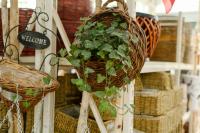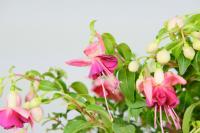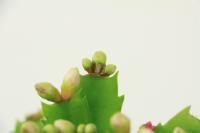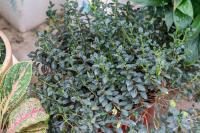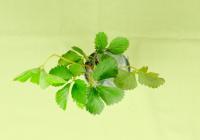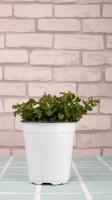1、 The light is too strong
Camellia is a long sunshine plant, but it is also a semi negative flower. For this plant, the light should be sufficient and not too strong, otherwise the leaves will turn yellow due to burns. During its growth period, put the plant in a semi shade environment and let it receive scattered light. In autumn, in order to promote flower bud differentiation, the daily light time should not be less than 12 hours, and in winter, it should be exposed to light for a long time to avoid poor growth
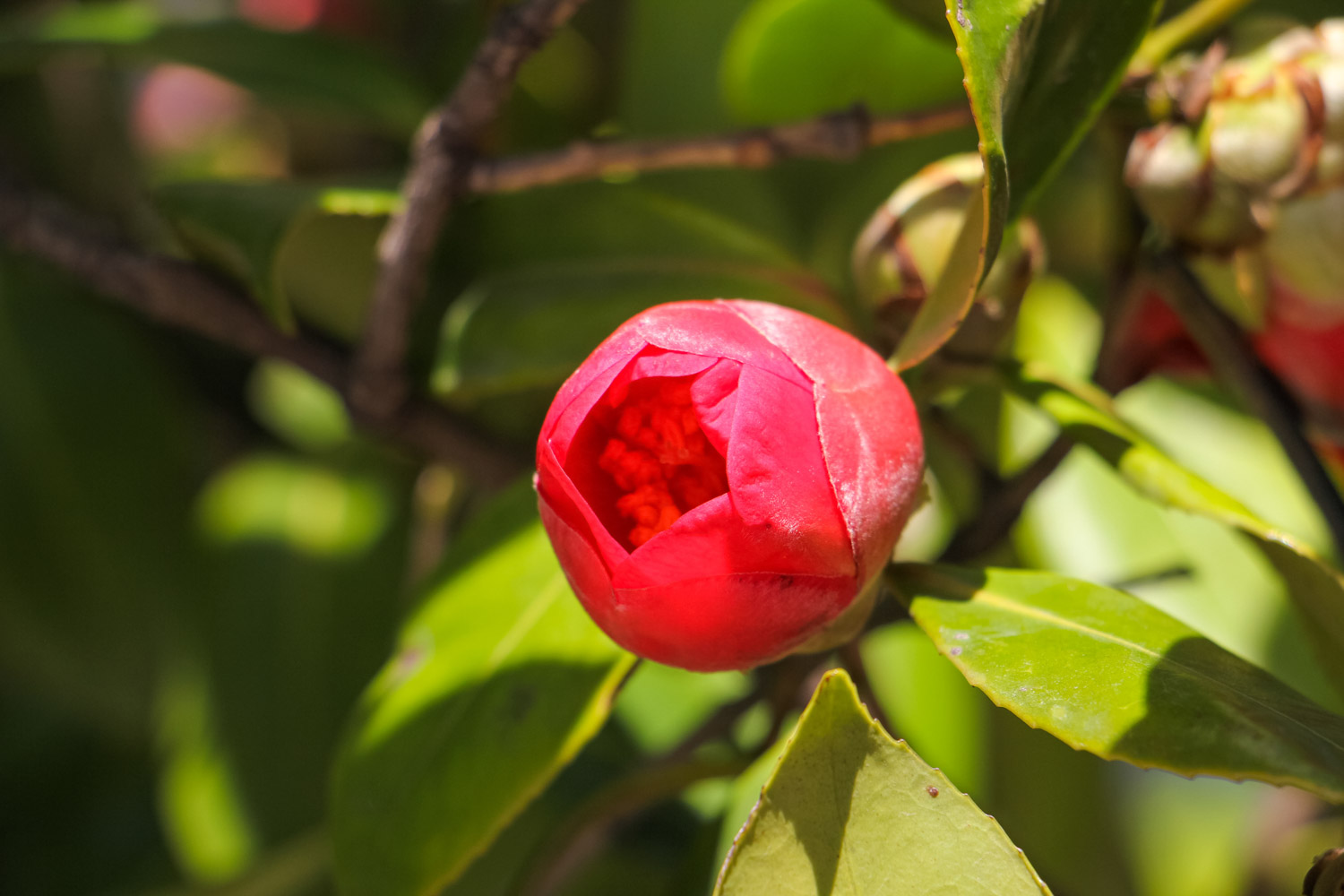
2、 The temperature is too low
In addition to a few varieties of camellia that can withstand cold, most of them are afraid of cold. Once frozen, it is easy to affect plant development and lead to yellow leaves. In winter, put the plant in a warm place indoors in time, and keep the temperature between 10-15 ℃. If it is lower than 5 ℃, put a bag on the upper part of the plant to keep warm
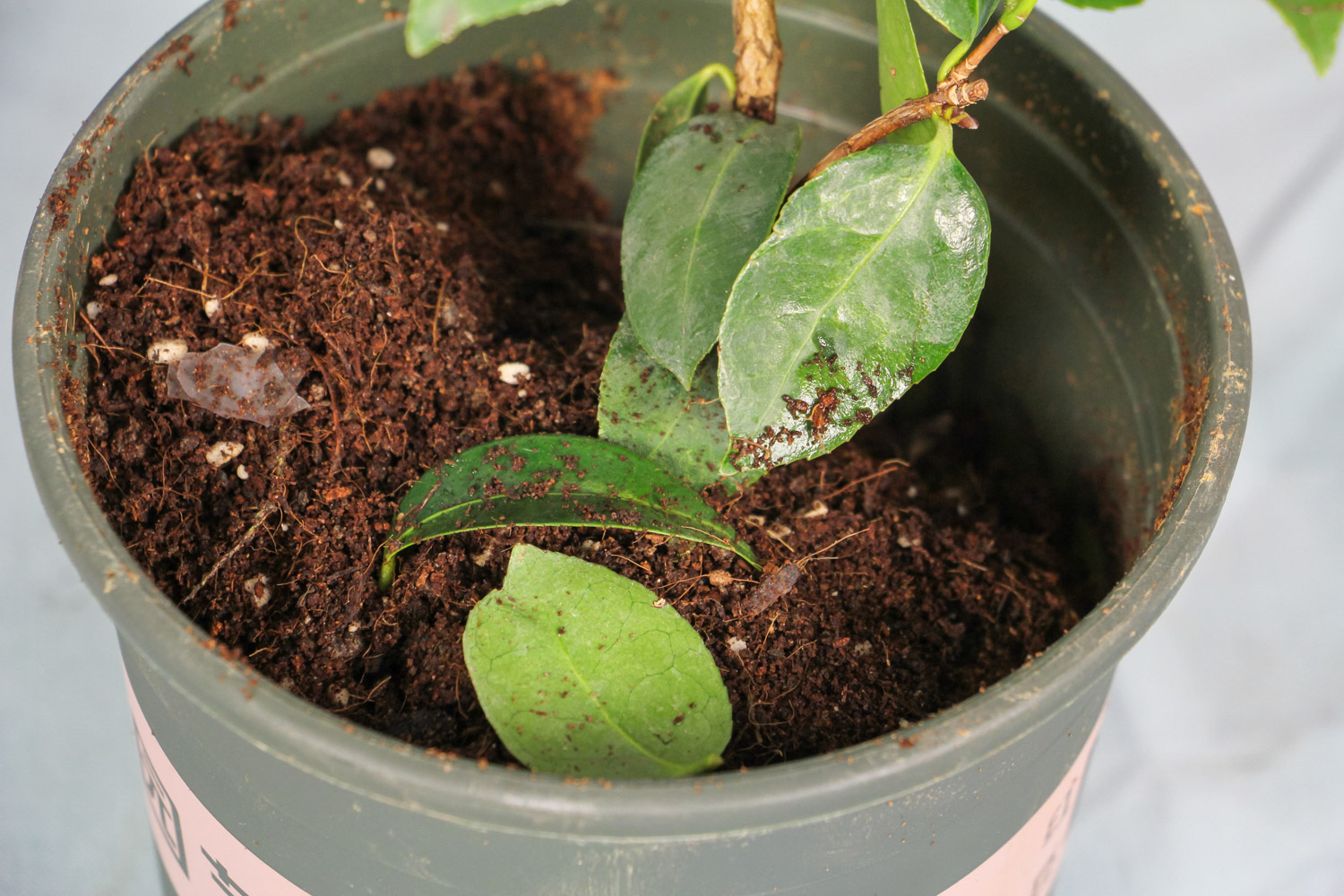
3、 Watering too much
Camellia likes to be wet, but watering too much will affect the respiration of the root and its absorption capacity, so that the leaves turn yellow. Usually watering must pay attention to the amount of water, do not pour too much, and do not use tap water directly. First, dry it for two days, and then use it after the chlorine volatilizes. If there is ponding in the basin soil, it needs to be discharged at the first time, maintain good ventilation, loosen the soil properly and accelerate the evaporation of water
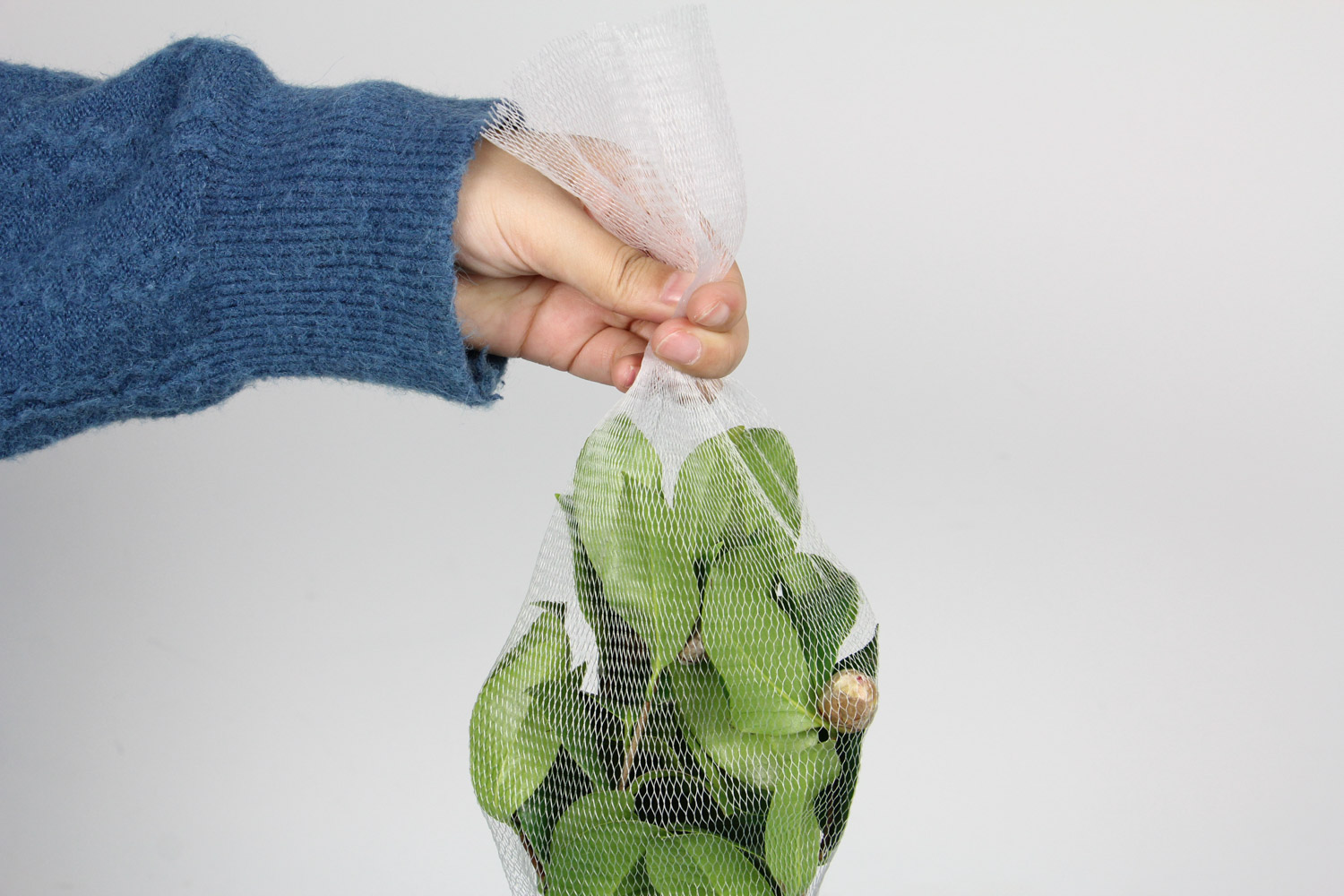
4、 The fertilizer is too thick
Although Camellia likes fertilizer very much, if it is over fertilized or the fertilizer concentration is too high, it will also burn the root system of the plant, affect its development, and the leaves will turn yellow. In this case, it is necessary to remove the basin in time. After taking out the plant, remove the old soil at the root, cut off the burned root whiskers with scissors, spray Carbendazim and put it in a cool place. Wait until the wound is dry before putting it back into the basin

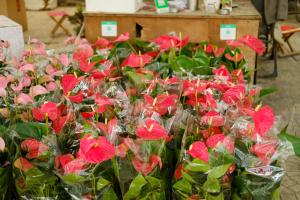 How is it that the l...
How is it that the l...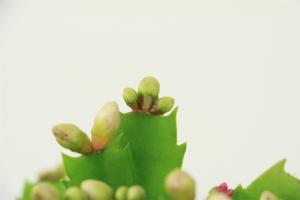 How do crab claw orc...
How do crab claw orc... Causes and treatment...
Causes and treatment... Causes and treatment...
Causes and treatment...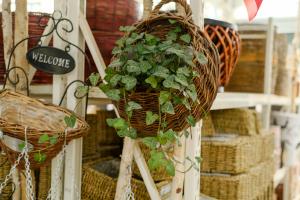 What's the matter wi...
What's the matter wi...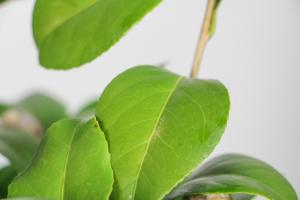 What's the matter wi...
What's the matter wi...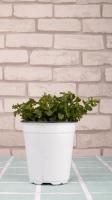 What's the matter wi...
What's the matter wi...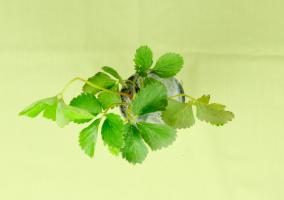 What's the matter wi...
What's the matter wi...





























